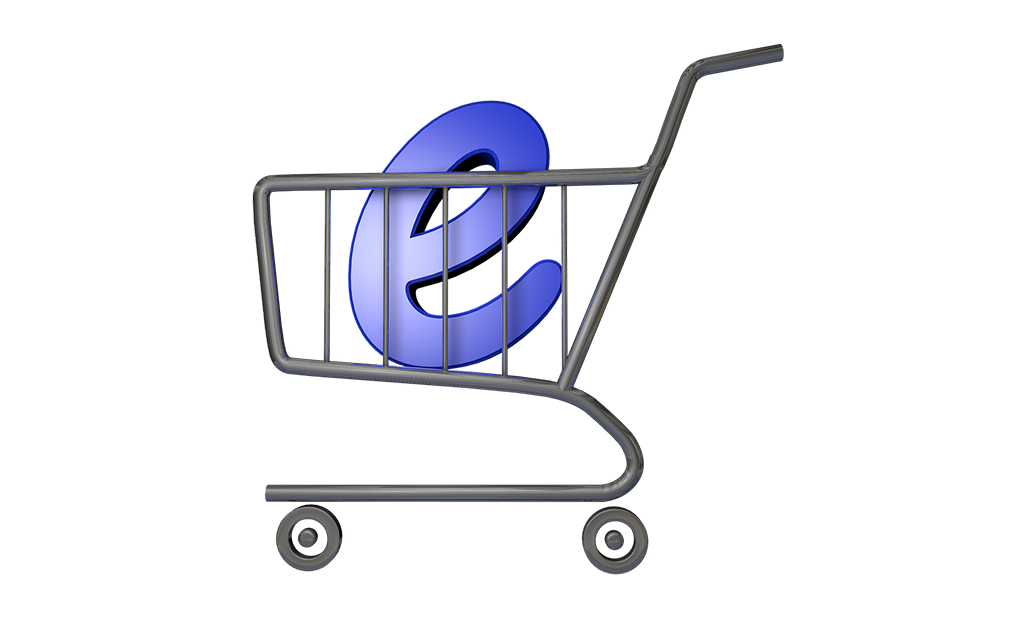Menu
Your cart is empty
Looks like you haven't added anything to your cart yet

Steps for Online Shopping:
- Browse and Research: Use search engines or visit online marketplaces to find the products you're interested in. Read product descriptions, specifications, and reviews to make an informed decision.
- Compare Prices: Check prices on different websites to ensure you're getting the best deal. Many price comparison websites and browser extensions can help you with this.
- Check Seller's Reputation: Look for reputable sellers or stores with positive customer reviews and ratings. This helps ensure a safer and more reliable shopping experience.
- Add to Cart: Once you've found the items you want, add them to your shopping cart.
- Checkout Process: Proceed to the checkout page. Here, you'll usually need to provide your shipping address, payment information, and select your preferred shipping method.
- Payment: Online retailers typically accept various payment methods such as credit/debit cards, PayPal, and sometimes digital wallets. Make sure the website has secure encryption (look for "https://" in the URL) to protect your payment information.
- Review and Confirm: Review your order, shipping details, and payment information before finalizing the purchase.
- Confirmation: After completing the purchase, you'll receive an order confirmation via email. This will include details of your order and estimated delivery time.
- Tracking: Many online retailers provide tracking information so you can monitor the status of your shipment.
- Receiving and Returns: Once your order arrives, inspect the items and make sure they match your expectations. If there are any issues, contact the seller's customer service. Most online stores have a return policy that allows you to return or exchange items within a certain period.
Tips for Safe Online Shopping:
- Use Trusted Websites: Stick to well-known and reputable websites to reduce the risk of scams or counterfeit products.
- Protect Your Personal Information: Only provide necessary information during the checkout process. Legitimate websites don't need your social security number or excessive personal data.
- Secure Connection: Ensure the website uses secure browsing (https://) before entering payment details.
- Strong Passwords: Use strong, unique passwords for your online shopping accounts to prevent unauthorized access.
- Avoid Public Wi-Fi: Don't shop using public Wi-Fi networks, as they may not be secure.
- Beware of Phishing: Be cautious of emails or links asking for personal information or payment details. Always verify the source.
- Check Return Policies: Understand the return and refund policies of the online store before making a purchase.
- Read Reviews: Genuine customer reviews can provide insights into the quality and reliability of products.
- Price Comparison: Compare prices across different websites to get the best deal.
- Use Secure Payment Methods: Opt for secure payment methods like credit cards with fraud protection or PayPal.
Remember that online shopping can be convenient and efficient, but it's important to stay vigilant and follow these safety precautions to have a positive experience.
- Choosing a selection results in a full page refresh.


